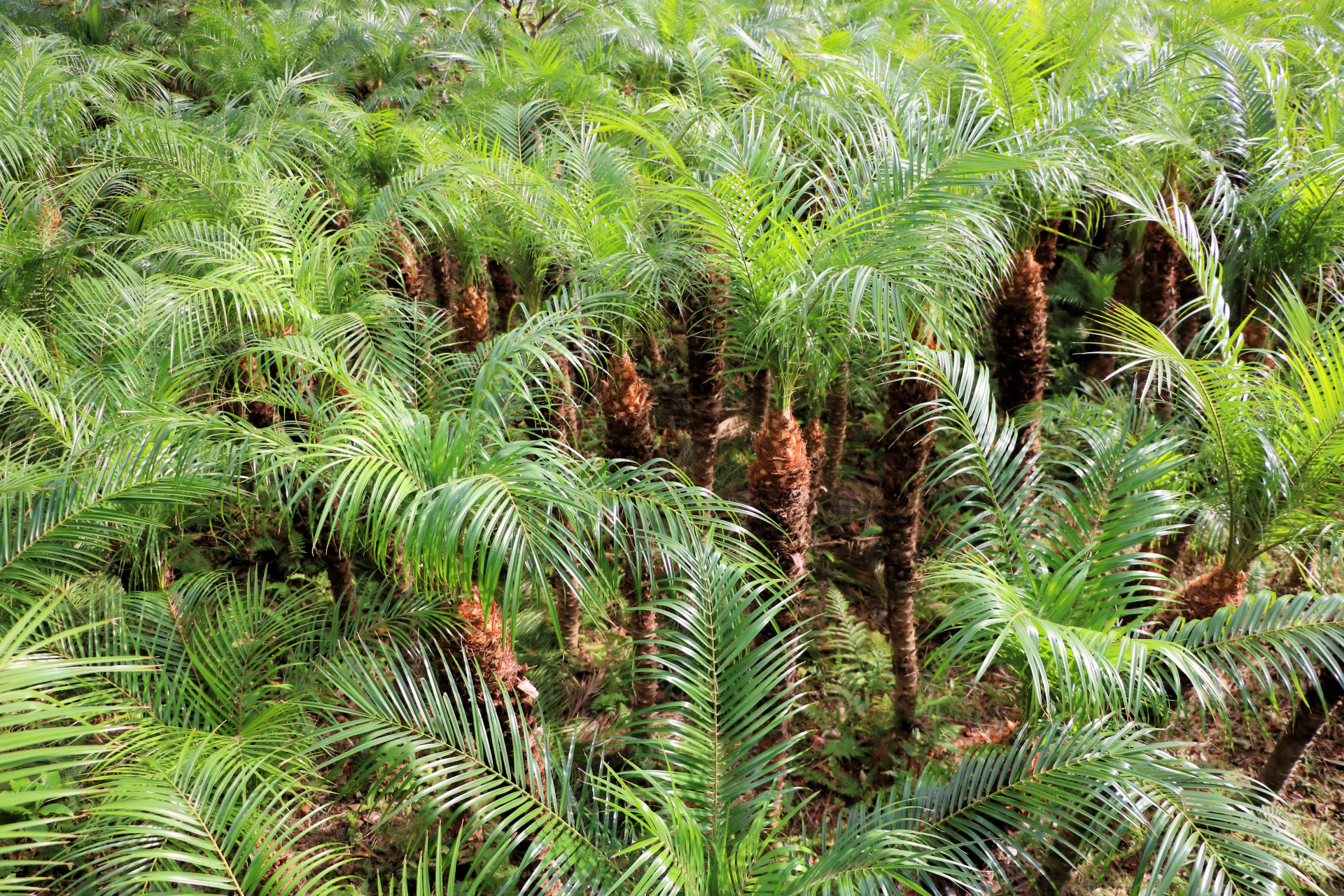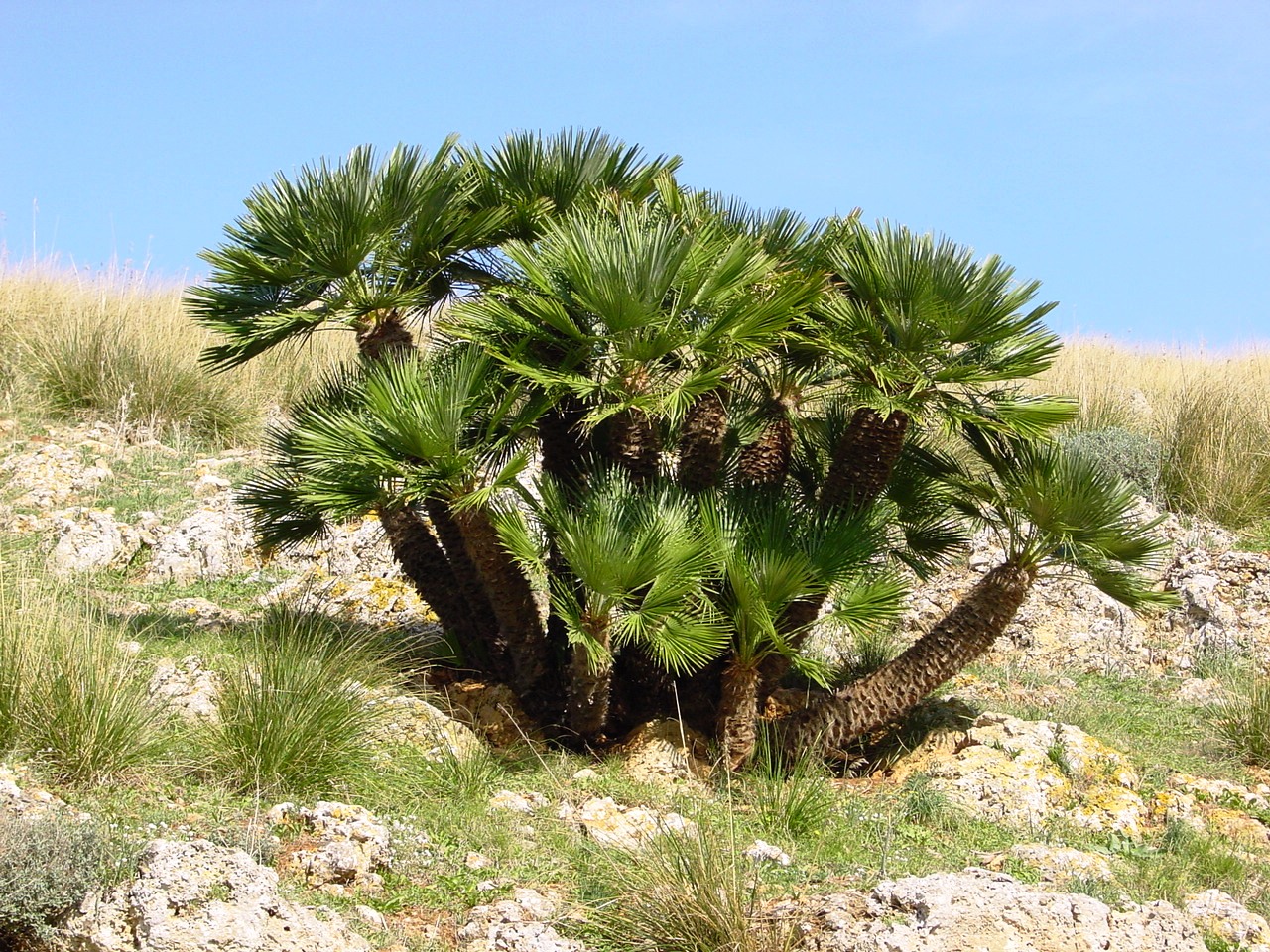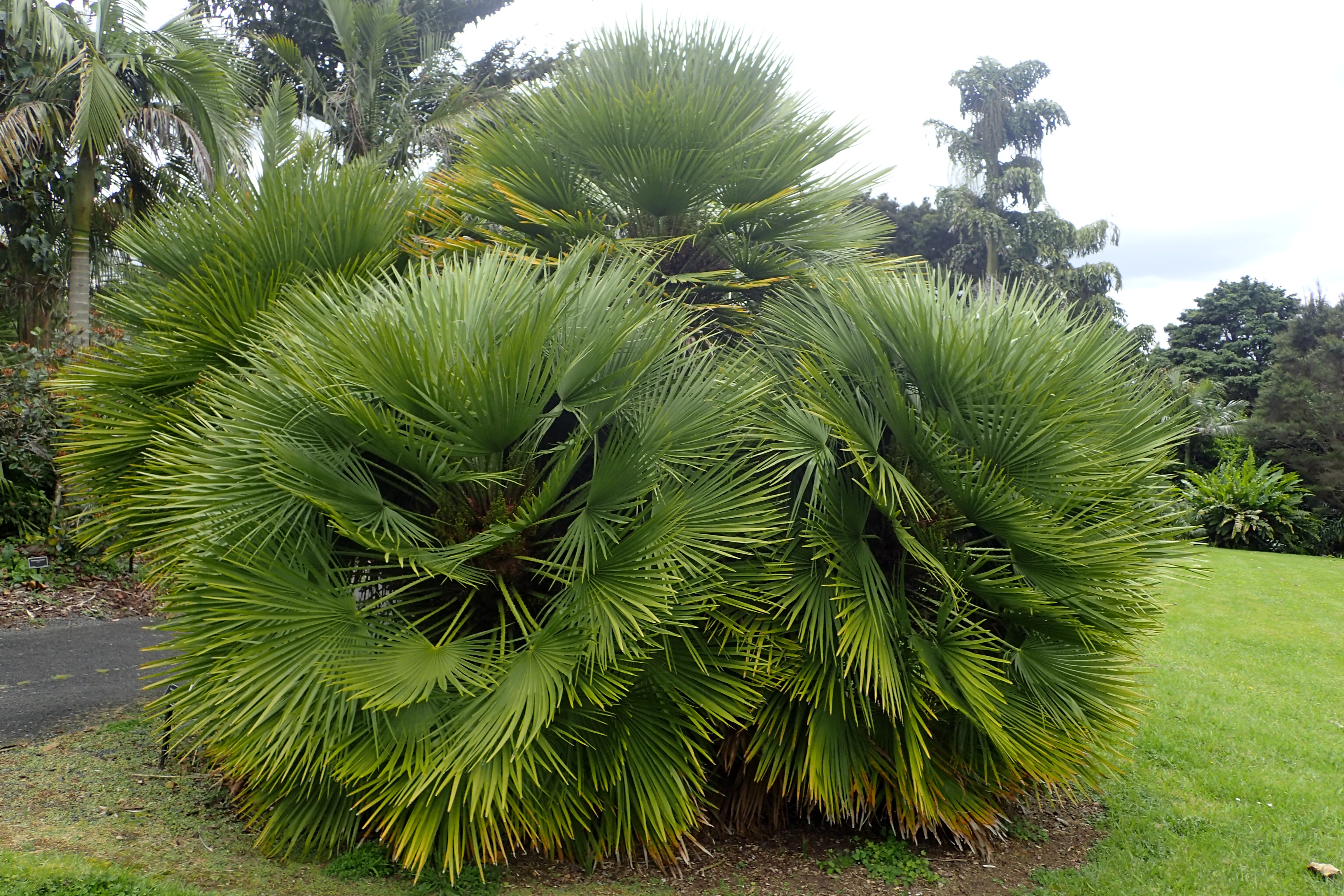Leipzig Palms Improving Air Quality and Reducing Global Warming
Leipzig Palms (LE Palms) don’t just cultivating rare and endangered palms of the red list. We cultivating also palms for better air quality and for a more diverse environment. Diversity, conservation and environmental protection with palms are possible, especially in extreme environments like in dry and barren landscapes. Palms can filter the air from different toxic substances and cool down urban areas and bigger cities which heating up very much. More and more droughts coming to Europe because of the human-made climate change and the resulting extreme weather. Together with Greening Deserts projects we want to reduce the global warming on a significant level.
Phoenix roebelenii, with common names of pygmy date palm, miniature date palm or just robellini, is a species of date palm native to southeastern Asia, from southwestern China (Yunnan Province), northern Laos and northern Vietnam.

The dwarf date palm is a multi-stemmed palm, in culture it remains sometimes with one stem. It forms clumps where stemless shoots grow around the base of higher trunks. The trunk becomes 1 to 2, rarely up to 3 m high. The diameter is up to 10 cm without sheaths. The trunk is upright or twisted, bright, becoming smooth in old age. He is occupied with diamond-shaped leaf bases.
The leaves are arched, 1 to 1.5, rarely 2 m long. The pseudostiel is about 50 cm long. The leaf sheath is reddish brown and fibrous. The acanthophylls (pinnae turned into thorns) are solitary or paired, about 12 on each side of the rhachis. They are orange-green and up to 8 cm long. The leaflets are regular, opposite, about 25 to 50 on each side of the rachis. They are linear, deep green to 40 cm long and 1.2 cm wide.
Barrow argued in 1998 that, because of the small area of distribution and the collection of wild plants for trade, a classification as vulnerable was warranted. However, the IUCN does not lead the species in its Red List. The Dwarf Date Palm is a popular ornamental plant in Europe. It can be found worldwide in botanical gardens and private collections.
The plant purifies the air of formaldehyde, xylenes and toluene.
Source: Wikipedia



